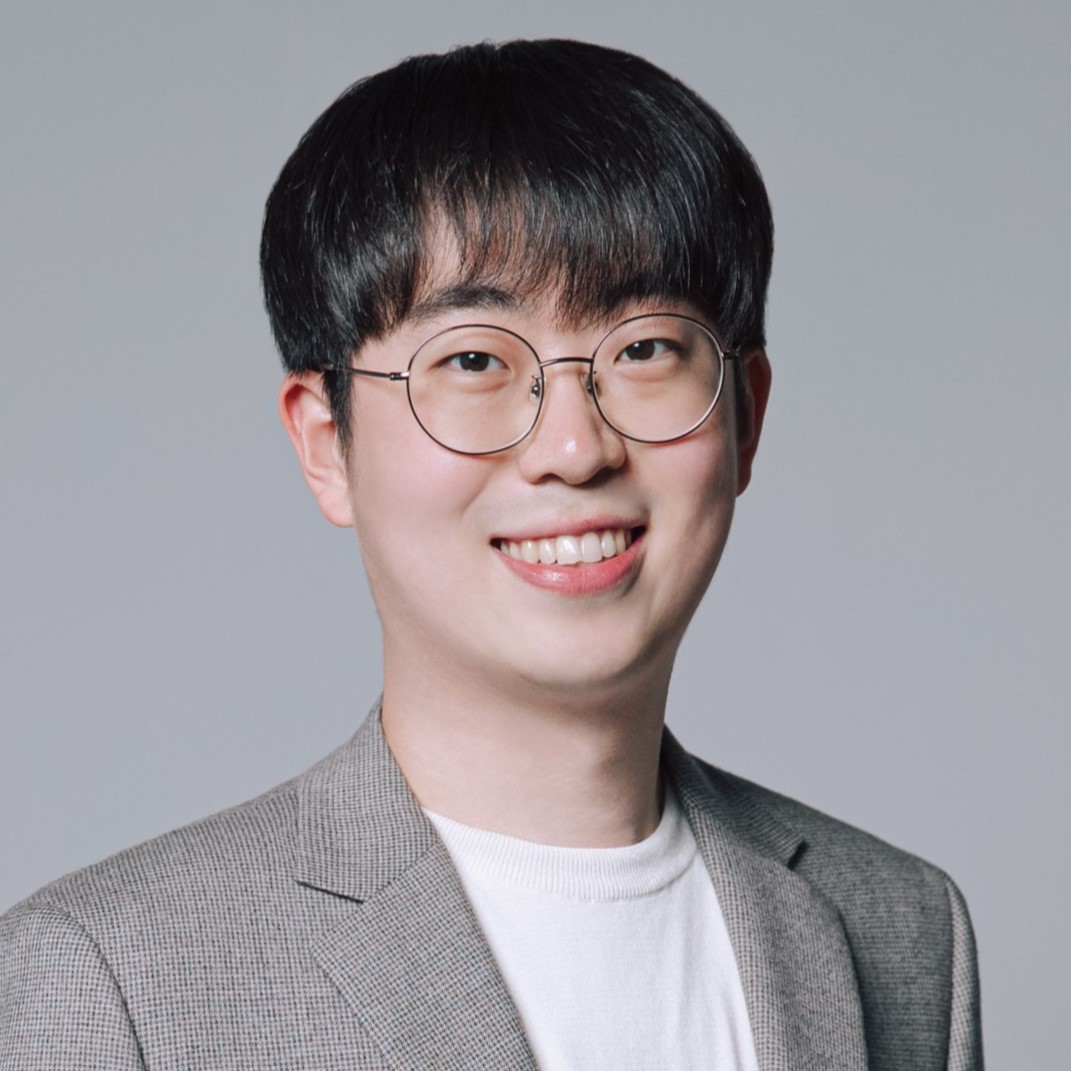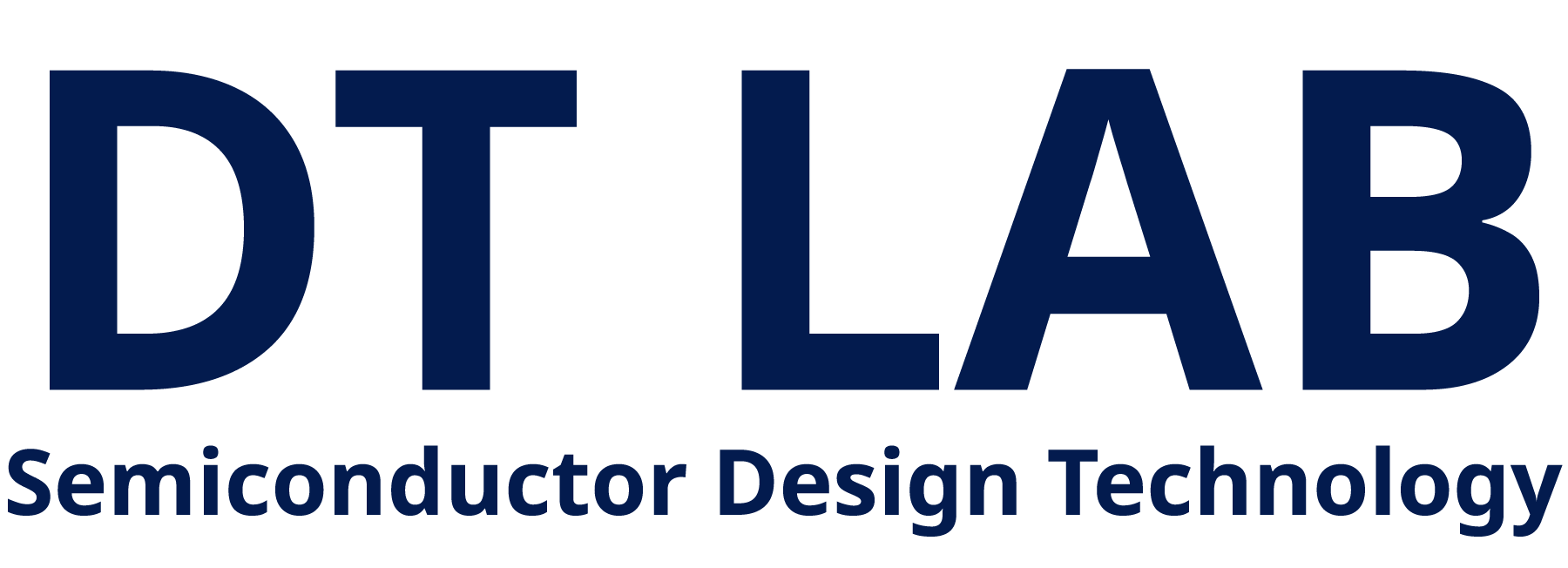
Education
- KAIST, School of Electrical Engineering Ph.D. (Mar. 2021 – Aug. 2024)
- KAIST, School of Electrical Engineering M.S. (Feb. 2019 – Feb. 2021)
- KAIST, School of Electrical Engineering B.S. (Mar. 2015 – Feb. 2019)
- Gyeongsan Science High School (Mar. 2013 – Feb. 2015)
Research Interests
- Machine learning guided computational lithography, and physical design
Honors
- ISE President Best Paper Award @ 2024 Int’l SoC Design Conf. (ISOCC)
- Best Paper Award – Honorable Mention @ 2022 IEEE T-SM (Aug. 2022, see IEEE TSM May 2023 Editorial)
- Best Student Paper Award @ 2022 Next Generation Lithography Conf.
- Young Fellow Award @ 58th DAC (Dec. 2021)
Publications
Journal Papers
- Gangmin Cho, Taeyoung Kim, and Youngsoo Shin, “Fast optical proximity correction using graph convolutional network with autoencoders,” IEEE Transactions on Semiconductor Manufacturing, vol. 36, issue 4, pp. 629-635, Nov. 2023.
- Gangmin Cho, Yonghwi Kwon, Pervaiz Kareem, and Youngsoo Shin, “Integrated test pattern extraction and generation for accurate lithography modeling,” IEEE Transactions on Semiconductor Manufacturing, vol. 35, no. 3, pp. 495-503, Jun. 2022. (Best Paper Award – Honorable Mention)
Conference Papers
- Seohyun Kim, Gangmin Cho, Shilong Zhang, and Youngsoo Shin, “Fast and accurate curvilinear OPC with ML-guided curve correction,” Proc. Int’l SoC Design Conf. (ISOCC), Aug. 2024. (ISE President Best Paper Award)
- Seunggyu Lee, Daijoon Hyun, Younggwang Jung, Gangmin Cho, and Youngsoo Shin, “Fast IR-drop prediction of analog circuits using recurrent synchronous GCN and Y-net model,” Proc. Design, Automation & Test in Europe (DATE), Mar. 2024.
- Gangmin Cho, Taeyoung Kim, Seohyun Kim, and Youngsoo Shin, “A fast and accurate PEB simulation through recurrent neural network,” Proc. SPIE Advanced Lithography, Feb. 2024.
- Wonjae Lee, Insu Cho, Gangmin Cho, and Youngsoo Shin, “Routability-driven power distribution network synthesis with IR-drop budgeting,” Proc. Workshop on Machine Learning for CAD (MLCAD), Sep. 2023.
- Yoonsang Song, Gangmin Cho, Wonjae Lee, and Youngsoo Shin, “Simultaneous clock wire sizing and shield insertion for minimizing routing blockage,” Proc. Workshop on Machine Learning for CAD (MLCAD), Sep. 2023.
- Taeyoung Kim, Gangmin Cho, and Youngsoo Shin, “Block-level power net routing of analog circuit using reinforcement learning,” Proc. Int’l Symp. on Circuits and Systems (ISCAS), May 2023.
- Gangmin Cho, Taeyoung Kim, and Youngsoo Shin, “Fast and accurate prediction of process variation band with custom kernels extracted from convolutional networks,” Proc. SPIE Advanced Lithography, Feb. 2023.
- Taeyoung Kim, Gangmin Cho, and Youngsoo Shin, “Optical proximity correction with PID control through reinforcement learning,” Proc. SPIE Advanced Lithography, Feb. 2023.
- Gangmin Cho, Yonghwi Kwon, Taeyoung Kim, and Youngsoo Shin, “Refragmentation through machine learning classifier for fast and accurate optical proximity correction,” Proc. SPIE Advanced Lithography, Apr. 2022.
- Byungho Choi, Gangmin Cho, Yonghwi Kwon, and Youngsoo Shin, “Hotspot pattern synthesis using generative network with hotspot probability model,” Proc. SPIE Advanced Lithography, Apr. 2022.
- Gangmin Cho, Yonghwi Kwon, Pervaiz Kareem, Sungho Kim, and Youngsoo Shin, “Test pattern extraction for lithography modeling under design rule revisions,” Proc. SPIE Advanced Lithography, Feb. 2021.
- Pervaiz Kareem, Yonghwi Kwon, Gangmin Cho, and Youngsoo Shin, “Fast prediction of process variation band through machine learning models,” Proc. SPIE Advanced Lithography, Feb. 2021.
- Joonhyuk Cho, Gangmin Cho, and Youngsoo Shin, “Optimization of machine learning guided optical proximity correction,” Proc. Int’l Midwest Symp. on Circuits and Systems (MWSCAS), Aug. 2018.
Patents
- Gangmin Cho, Yonghwi Kwon, Taeyoung Kim, and Youngsoo Shin, “Machine learning-based refragmentation method and apparatus for optical proximity correction,” Korea patent 10-2022-0109643, Aug. 2022, submitted.

